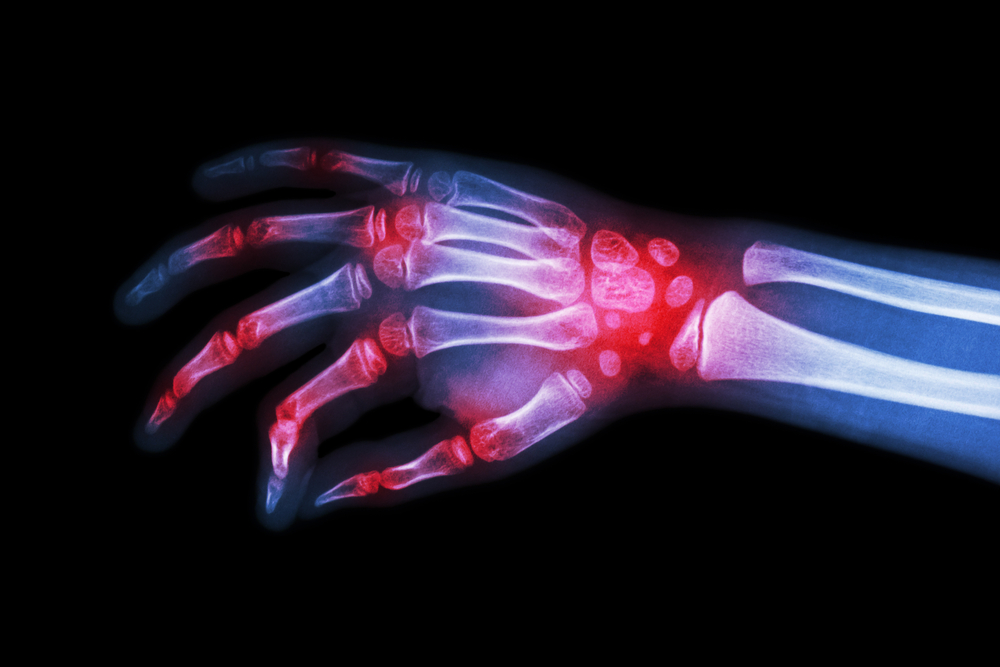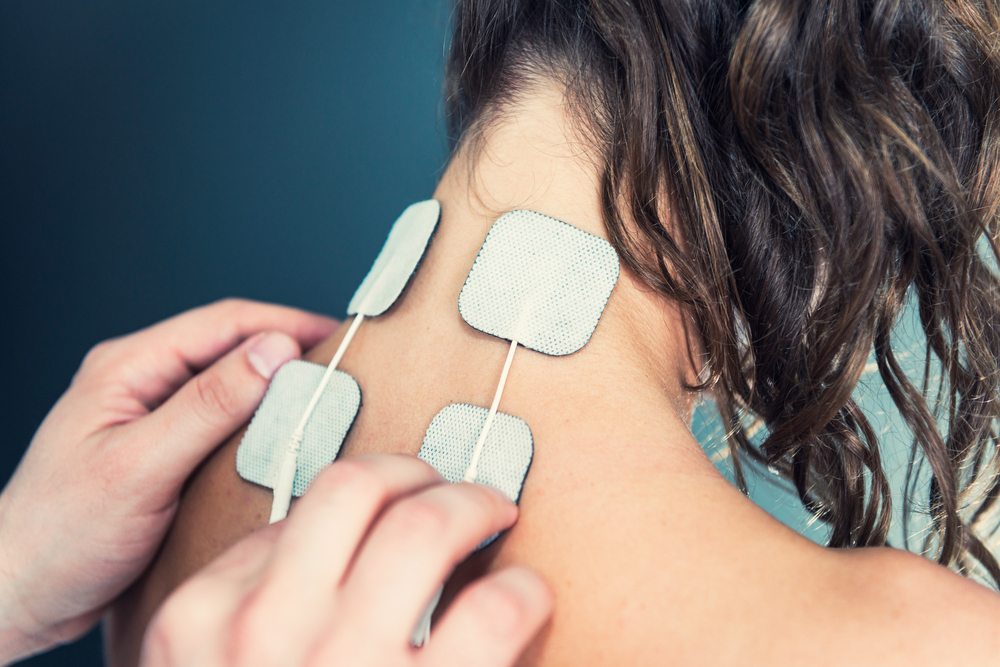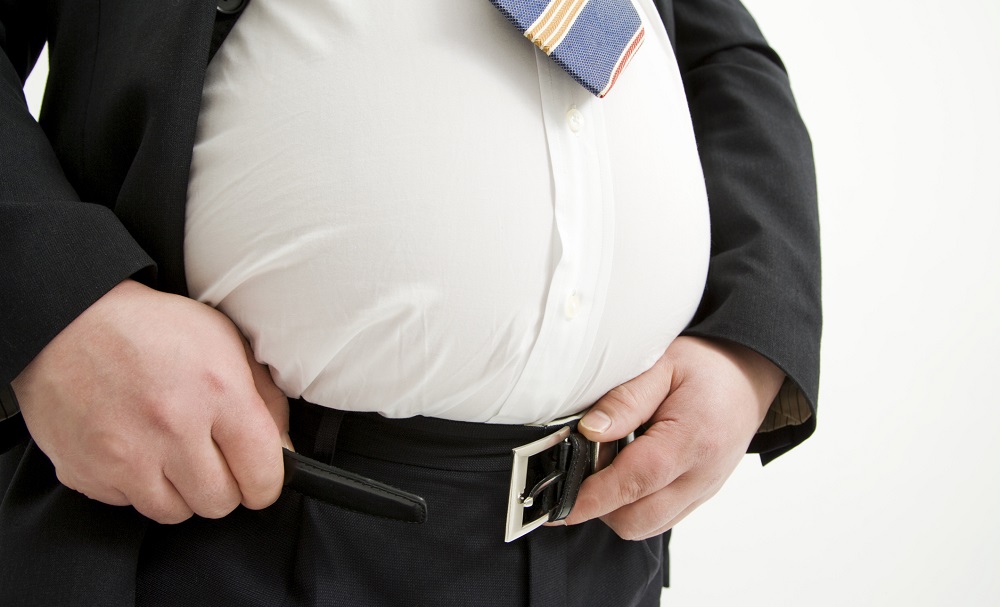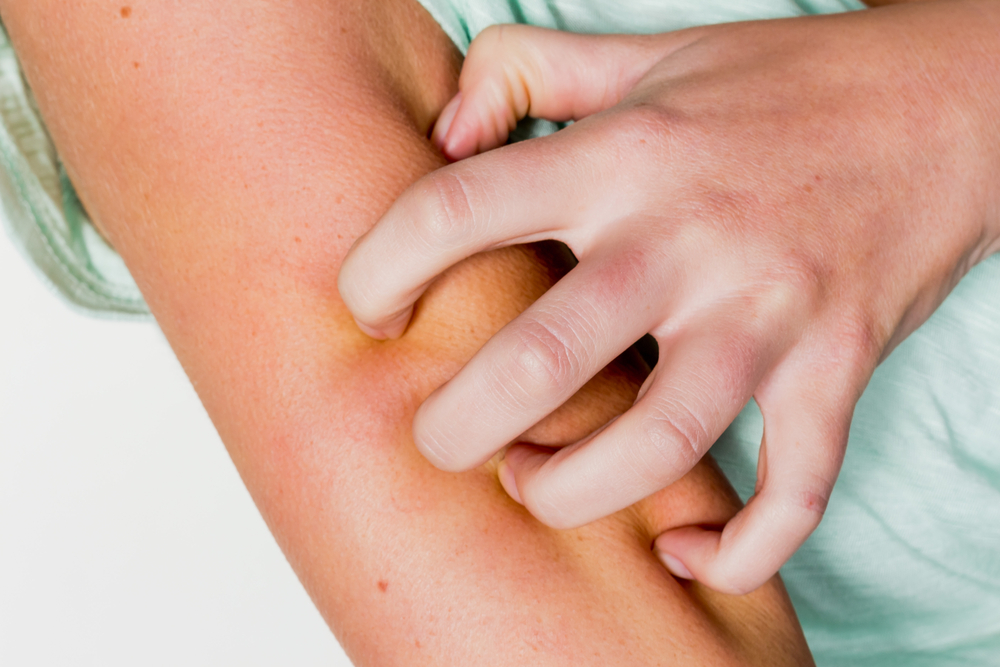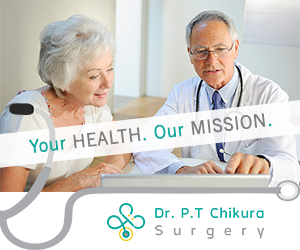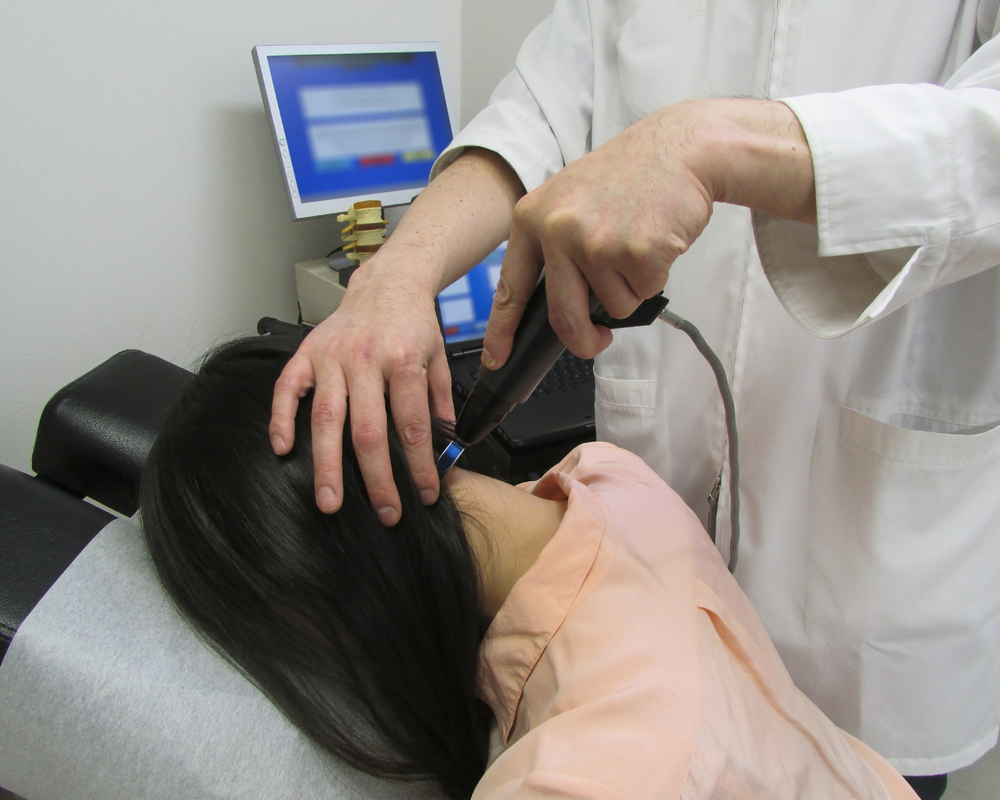
When you consider lasers, you may don’t immediately think of alleviation. But that’s the idea behind cold laser therapy, also known as low-level laser therapy (LLLT). Touted being a non-invasive substitute for acupuncture and surgery,?lasers happen to be employed in medicine for the reason that late 60s. The meal and Drug Administration (FDA) has broken lasers into categories or classes. Class 3B includes cold lasers or low-level lasers which have been non-surgical. Which, they certainly burn or cut your skin. The earliest of them was approved sometime around 2001 and 2002, determined by your sources. Nevertheless, studies have had time to spend time playing and enhance them. Strangely, however, the tests have been minimal, often poorly conducted, and tend to make out conflicting information. So what’s the offer? Exactly what so-called “cold lasers” used by anyway? And do they really even work?
What is really a Cold Laser?
Without getting technical, a “cold” laser differs from?a surgical laser in that in cannot cut or burn through skin as it emits lower levels of warmth on the other hand. Thus, the term “cold laser.” These are marketed as even with the ability to add energy to tissues. One company masters in cold lasers explains it this way: “The intention of laser therapy is to deliver light energy units from red and infrared laser radiation, called photons, to damaged cells. It’s the consensus of experts is [sic] that photons absorbed through the cells through laser therapy stimulate the mitochondria to accelerate creation of ATP. This biochemical rise in cell energy is required to improve live cells from your state of illness to a stable, healthy state.”
When the laser is applied on the skin, the photons are going to penetrate as many as 5 centimeters within the skin layers. They penetrate even deeper than acupuncture needles, but without having the sensation very often accompanies the puncture. Is it feasible for lasers to actually replace acupuncture as being a painless alternative? One licensed acupuncturist states: “…you will find multiple strategies to move qi?[pronounced “chi”] and blood within your body, providing excellent results without needles. Modern numerous studies have provided new opportunities for acupuncture treatments that did not previously exist, including microcurrent, magnetic treatments and laser acupuncture [using cold lasers].”
Cold lasers have been utilized to treat the pain regarding fibromyalgia, but results are hit or miss in such a department. Indeed, that definitely seems to be the situation mostly everything LLLT is thought to deal with. Reported conditions include:
- Acute and chronic pain
- Smoking cessation
- Back pain
- Fibromyalgia
- Carpal tunnel syndrome
- Bursitis
- Hair growth
- Muscle strains
- Healing wounds
- Tuberculosis
Actually, their email list continues and is rather extensive. It relies on the business doing the marketing. That sounds cynical, but it surely need to be noted that a number of people do experience gains advantage from these treatments. And frankly, regardless of whether it’s placebo, it doesn’t matter. Naturally, healing is healing. In fact, the institution of Public Health, a division of UC Berkeley, explains further: “It’s not at all clear how cold laser therapy might work, even so it can have anti-inflammatory effects, help repair connective along with tissues, and release pain-relieving endorphins.”
But Do you use it?
Both UC Berkeley and DeviceWatch.org question the efficacy of cold laser therapy. Specifically, both agree who’s doesn’t seem any further effective than traditional physical therapies like hot compresses. Indeed, Berkeley even adds you should not plan to find the same kind of treatment from your cold laser device for use at your home in comparison with one as used by your doctor or acupuncturist. Not only possibly there is skill in knowing the best places to apply the laser, nevertheless the excellence of the set up is certainly a componant. Purchasing costs frequently are priced between $200 to more than $20,000.
It should be noted that mainstream insurance agencies for instance Aetna and Cigna do not cover cold laser therapy/LLLT as a result of insufficient evidence it works. For your record, that doesn’t imply that they’re correct for their assessment. It ensures that, presently, they can’t justify covering this treatment without more proof through well-conducted studies. Also, apparently there are some businesses that will give you laser hair removal since it’s provided by some physicians. Furthermore, that alone ensures that even certain healthcare practitioners find value in cold laser therapy. However, here’s what that doesn’t mean: it does not mean that you need to be depleted and spend hundreds or a large amount on the device with all your fingers crossed and hope for the best. For you to do plenty of research first. Attempt this therapy which has a professional that’s trained within the precise locations for application. Ask what type of device they will use. Then take it from there.
Have you’d any knowledge of cold laser therapy? Achieved work for you? What type of healthcare practitioner performed the therapy as well as what purpose? Please share your story in order to help others think critically on how to proceed making use of their own low-level laser therapy.






